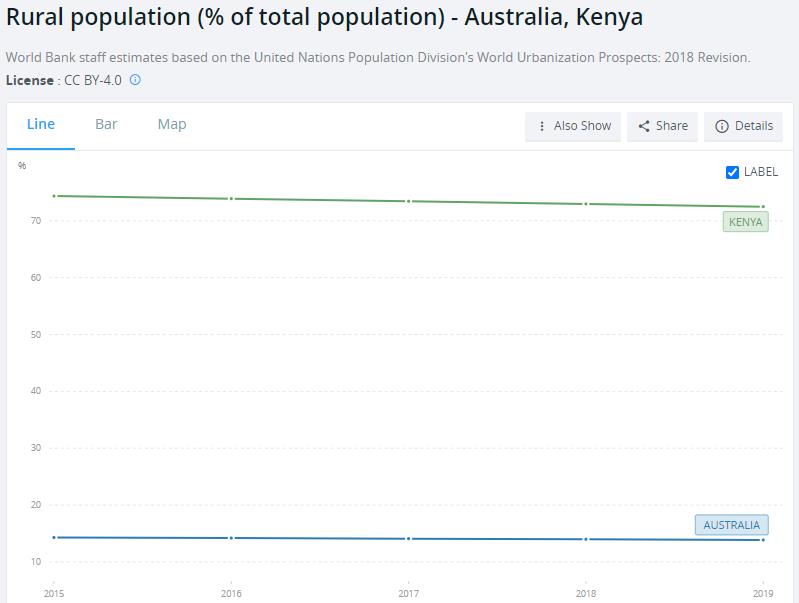Introduction
The economic status and growth of a country are one of the main factors in the prosperity and well-being of billions of people. Technological advancement and industrialization have left a gap between the poor countries and the developed ones.
According to Chugaiev (2017), advanced countries account for 50% of the global wealth power and more than 75% of third-world regions. Some of the things that influence the financial progress of a nation include capital goods, natural resources, technology, and human resources. Moreover, the social, political, and cultural status of a country can also influence trade and other income-generating activities. The objective of this paper is to compare how different international situations and varying cultural diversity factors result in observable disparities between Australia and Kenya.
Data Description
The Commonwealth of Australia is a High-Income Country in the East Asia region, while the Republic of Kenya is a low-income country located in the Sub-Saharan region (Appendix 1). To compare the two countries, both the economic and the social indicators were used. Regarding the former, the data on GDP, GDP per capita, exports of goods and services, external balance on interest and services, both current US $ level and % of GDP were used.
With regards to the latter, the comparison will be made on the total population, individuals using the internet, and prevalence of undernourishment. The emphasis for all data is for 2015, although there are some that project trends from 2015-2019. Given that the world bank has provisions for tabulating the figures in graphs and tables, calculations were unnecessary.
To find the sources, an advanced search strategy was used, specifically using Boolean and limiters in refining the search. The key terms “economic disparities and “countries” or “nations” were used to identify sources. Other words such as “Australia” and “Kenya” were keyed interchangeably to find scholarly articles on the countries being compared. In addition, the use of limiters such as peer-reviewed only and articles published within the last five years ensured that outdated and inaccurate sources were excluded. All the statistical data was retrieved from the world bank website using the countries and topics as variables.
Economic Indicators as Sourced from World Bank
The GDP of Australia is far higher compared to that of Kenya, which shows that the total market value of the former has more economic activities. Specifically, in 2015 the GDP of Kenya was 64.008 billion, while that of Australia was 1.352 trillion (appendix 2 and 3). The GDP per Capita of Australia in 2015 was also higher at 56 755,722 compared to Kenya’s 1 336 883, indicating that most people in the developing countries engage in just a few income-generating tasks (appendix 2 and 3).
The cost of living for the people is high, which does not allow most individuals to afford basic needs. The consumer price index of Kenya in 2015 was 150.19, while that of Australia was 112.045 showing that the former has a higher rate of inflation (Appendix 4 and 5). According to Krugman & Wells (2018), countries experiencing inflation lower the strength of the currency, thus, negatively impacting the Forex market. The exports of goods and services as GDP percentage of Kenya in 2015 was 16.574%, whereas that of Australia was 19.985%. (Appendix 6 and 7).
Last but not least, the external balance on goods and services (% of GDP) of Australia in 2015 was -1.525% compared to Kenya’s -11.032%. Both are negatives indicating that the two countries registered a loss. Nonetheless, Australia still performed better than Kenya because it sells most of its products to other countries compared to what it purchases.
Social Indicators as Sourced from World Bank
Australia has a large land area compared to Kenya, but it is sparsely populated. In 2015, the total number of people living in Australia and Kenya were 23 815 995 and 47,878 336 million (Appendix 13). Out of this, 2.5% of Australians were malnourished compared to Kenya’s 22.3% (Appendix 14). The implication is that more people in developing countries cannot afford a balanced diet. Technological development and social media enhance efficiency in business transactions. Data indicate that only 16.588% of Kenyans were using the internet in 2015 compared to 84.561% of Australians (Appendix 15).
Analysis and Discussion
Australia is a developed country that is perceived as one of the most welcoming nations globally. Presently, 50% of its population are either foreigners or born to parents who are immigrants (Australian Culture, 2020). The multicultural nature of the country makes it ideal to stay and interact with people without being biased or aggressive. According to Rajadurai (2021), in the financial year 2016-2017, skilled immigrants had a contribution of 67.3% of their income, indicating a high level of brain gain.
Australia also has a stable political system and has managed to remain a peaceful country. Many entrepreneurs, both local and foreign, are not afraid of investing in the country due to its socio-political landscape. Conversely, as typical of most countries in Sub-Saharan Africa, ethnic and political conflicts tend to be rampant. Kenya was colonized by the British, who used divide and conquer tactics to separate the elites from the indigenous and different tribes (Kivoto). The rivalry between social groups continued due to the multi-party system, which was largely divided across ethnic groups.
According to Onono (2016), the 2007/2008 post-election violence was one of the most devastating compared to clashes in the preceding years. Many people were killed, properties were destroyed, lands were grabbed, and for a period of time, business transactions were locked (Onono, 2016).
Moreover, some ethnic groups in some regions of Kenya, such as West Pokot and Turkana, still consider raiding as an economic activity despite the fact that it results in the destruction of property and murder of people. Such social structure has significantly contributed to the current financial predicaments of the country.
The implication is that the GDP of Australia has continued to grow, making it a high-income economy. Due to many employment opportunities, it is much easier for people to find work that they can do and earn a decent living. As earlier indicated, the percentage of malnourished people in the country is significantly low. Most people are able to get a balanced diet at an affordable price because there is no inflation. The forecast by the Australian government predicts a stable growth of the GDP by 1.5% for the next 40 years (Gordon, 2016). The plan to realize these estimates are already in place and include sustainable production, low labor tax, and socio-political stability.
On the contrary, in Kenya, people cannot eat proper meals, which exposes them to some diseases such as Anemia and Kwashiorkor. As expected, without adequate health, the population cannot have the required energy to work and build the country. Moreover, Kenya’s socio-political background has scared away investors from starting businesses and establishing organizations that can create employment (Onono, 2016). The implication is that most people are jobless and live below the poverty level. The most disadvantaged groups are the women and children who are unable to meet the daily nutritional requirements.
Although the country still has a low GDP, Kenya has made relevant structural, political, and economic changes that continue to stir its financial growth. The country registered an average economic growth of 5.7% in 2019 (The World, 2020). Therefore, there is still hope for progress if the government will benchmark with the developed nations like Australia. Kenya can focus on strategies that promote the growth of GDP while enforcing policies to prevent ethnic clashes.
The focus of Australia should be on remaining sustainable through preserving and delivering collective goods (Aseeva, 2018). The authors of Macroeconomics, Krugman & Wells (2018), conquer that to achieve a long-run growth in the economy, there must be a balance of savings, expenditure in investments, and a stable financial system. In summary, the social, cultural, and political determinants of economic growth should not be neglected because they can have a significant effect on income-generating activities.
Conclusion
Researching data on the international economy and making comparisons is important in understanding the factors that make some countries control the world income as others lag behind in poverty. By juxtaposing social and economic indicators, the current and future financial projections of a nation can be assessed.
Data indicate that Australia has a better GDP, GDP per income, and low inflation rate when compared to Kenya. This can be attributed to the multiplicity of income-generating activities and the sociopolitical atmosphere, which is characterized by peace and tolerance. Kenya has a protracted history f ethnic violence which reflects the high levels of poverty in the region.
References
Aseeva, A. (2018). (Un)sustainable development(s) in international economic law: A quest for sustainability. Sustainability, 10(11), 4022.
Australian Culture – Society and Economy | Australian Centre – Australian Centre. (2020). AC Australian Centre.
Burroway, R. (2017). Political economy, capability development, and fundamental cause: Integrating perspectives on child health in developing countries. Journal of World – Systems Research, 23(1), 62-92.
Chugaiev, O. (2017). Modern determinants of countries’ economic power. International Economic Policy, (26), 115-133.
Gordon, J. (2016). Australia’s productivity: Some insights from productivity analysis. Asia & the Pacific Policy Studies, 3(2), 173-186.
Kivoto, E. (n.d.). Ethnic conflict and its impact on economic development in Africa: A case study of Kenya.
Krugman, P., & Wells, R. (2018). Macroeconomics (5th ed.). Worth.
Onono, P. (2016). Economic effects of inter-community conflicts in kenya: evidence of the importance of peace in the realization of sustainable development. International Journal of Cooperation and Development, 3(2), 118-129.
Rajadurai, E. (2021). Why Australia is the world’s most successful multicultural society. McKell Institute. Web.
The World Bank In Kenya. (2020). World Bank.
Appendices
Appendix 1: Basic Information of Australia and Kenya

Appendix 2: Australia’s GDP from 2015 to 2019
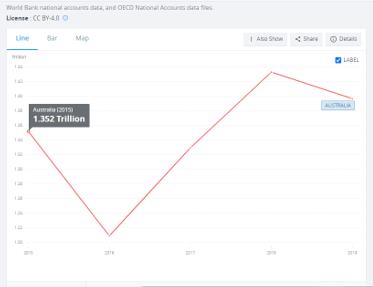
Appendix 2: Kenya’s GDP from 2015 to 2019
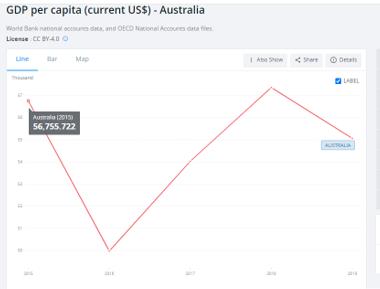
Appendix 3: Kenya’s GDP per capita 2015 to 2019
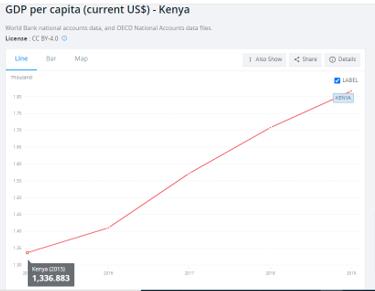
Appendix 4: Australia’s GDP per capita 2015 to 2019
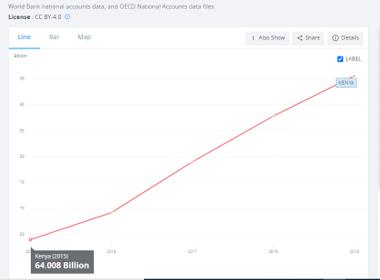
Appendix 5: Consumer Price Index of Australia
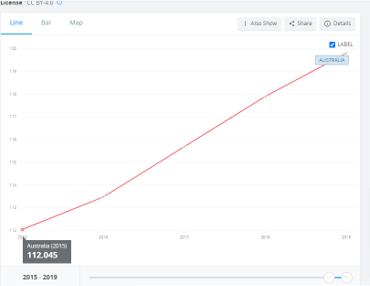
Appendix 6: Consumer Price Index of Kenya
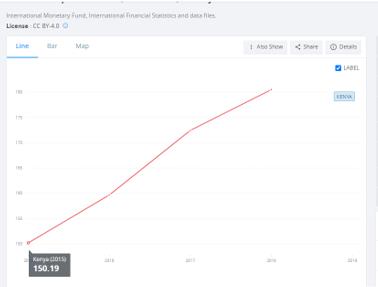
Appendix 7: Australia’s Exports of Goods and Services (% Of GDP)
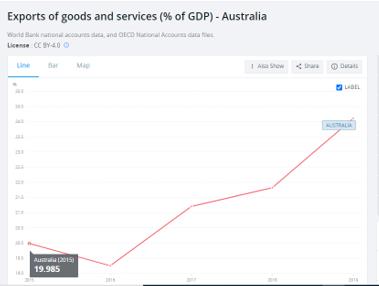
Appendix 8: Kenya’s Exports of Goods and Services (% Of GDP)
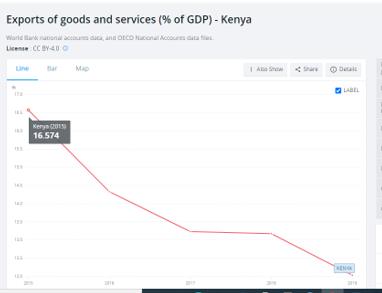
Appendix 9: Australia’s Imports of Goods and Services (% Of GDP)
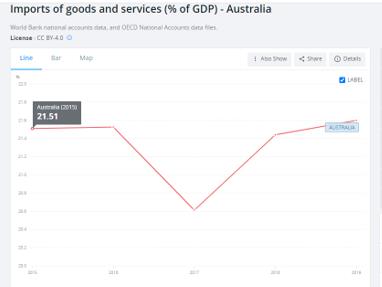
Appendix 10: Kenya’s Imports of Goods and Services (% Of GDP)
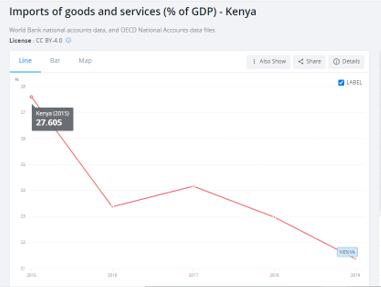
Appendix 11: Australia’s External Balance on Goods and Services (% of GDP)
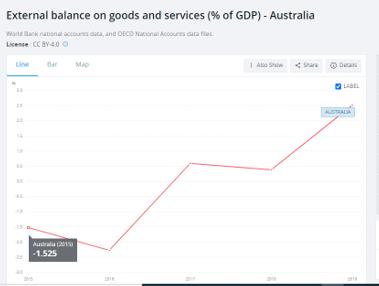
Appendix 12: Kenya’s External Balance on Goods and Services (% Of GDP)
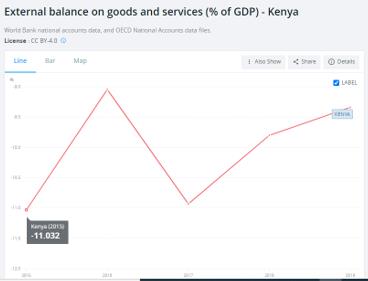
Appendix 13: Population Total, Kenya and Australia
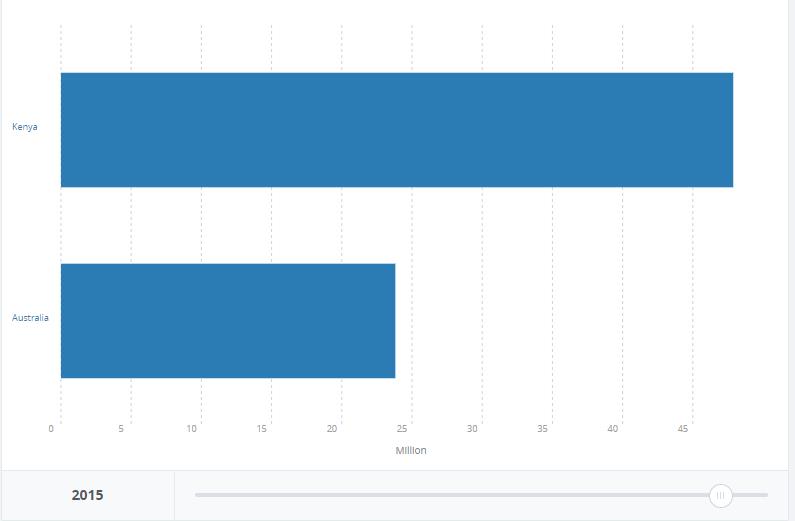
Appendix 14: Prevalence of Undernourishment (% Of Population) – Australia, Kenya
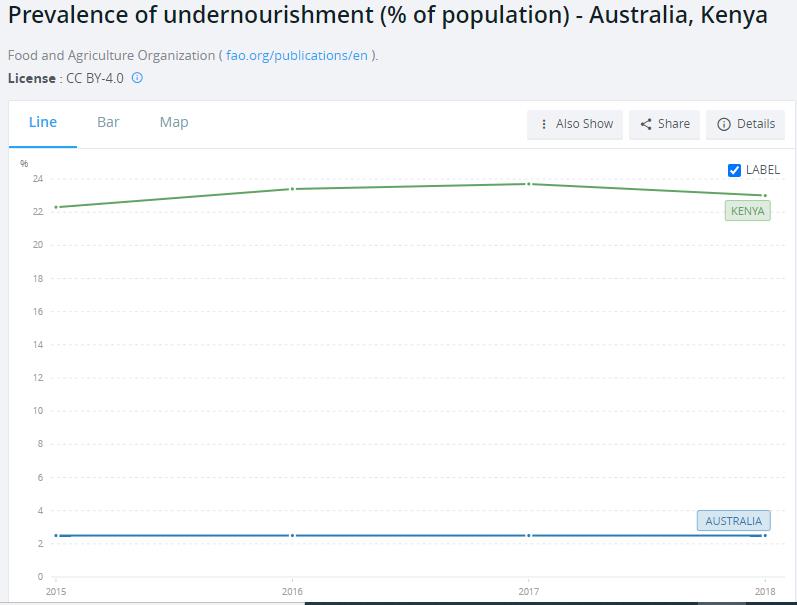
Appendix 15: Individuals Using the Internet (% Of Population)

Appendix 16: Rural Population (% Of Total Population) – Australia, Kenya
